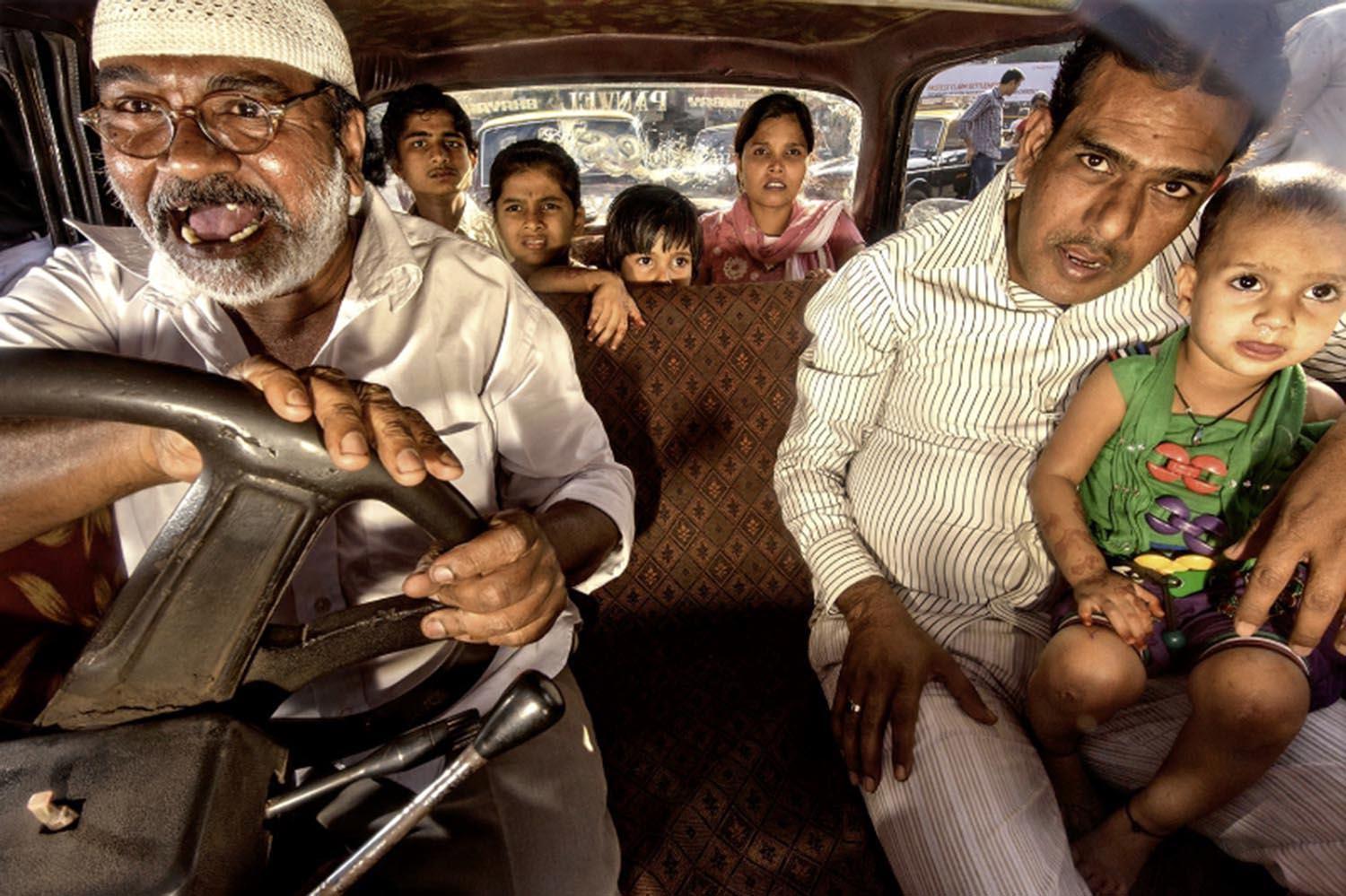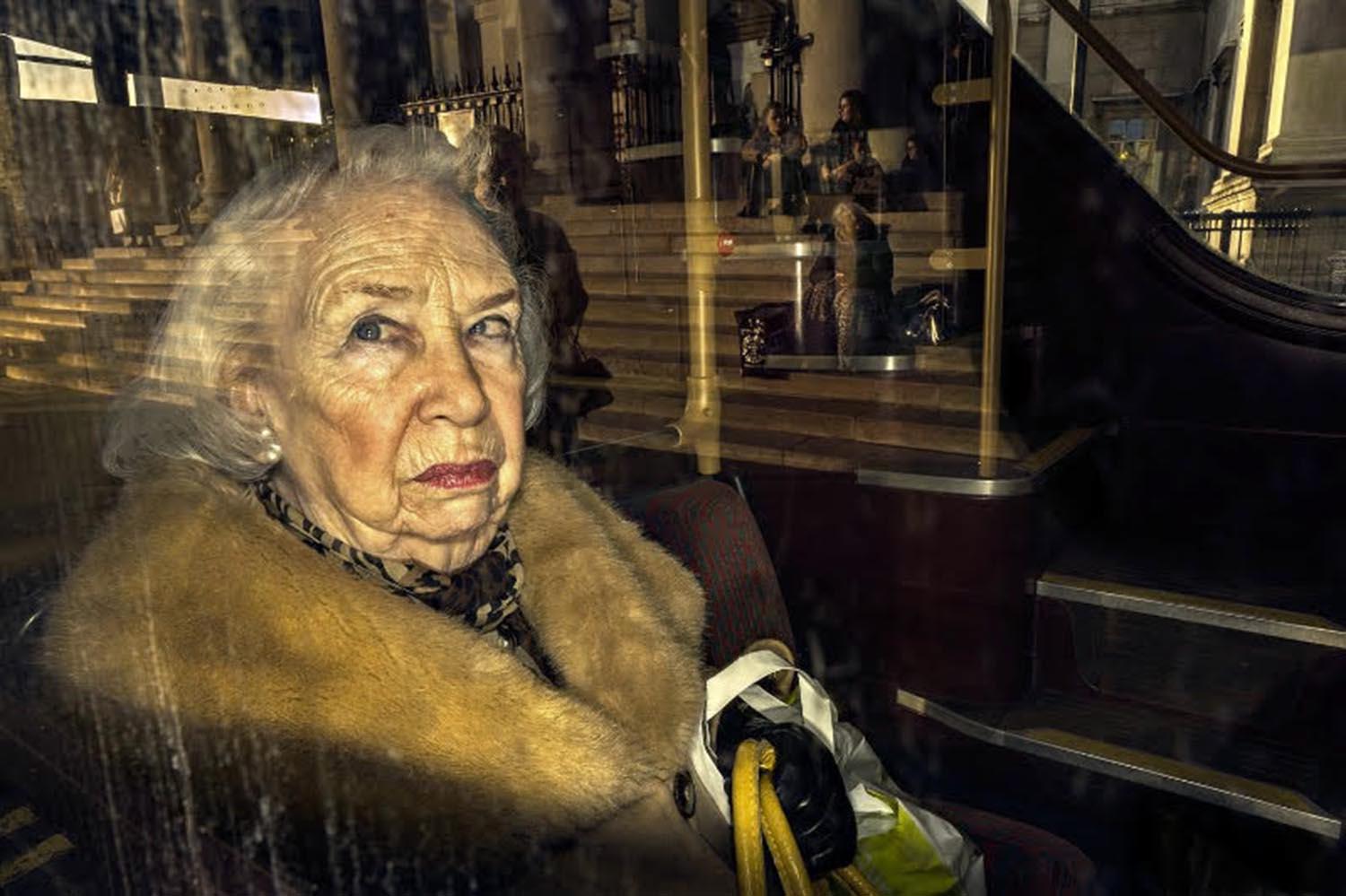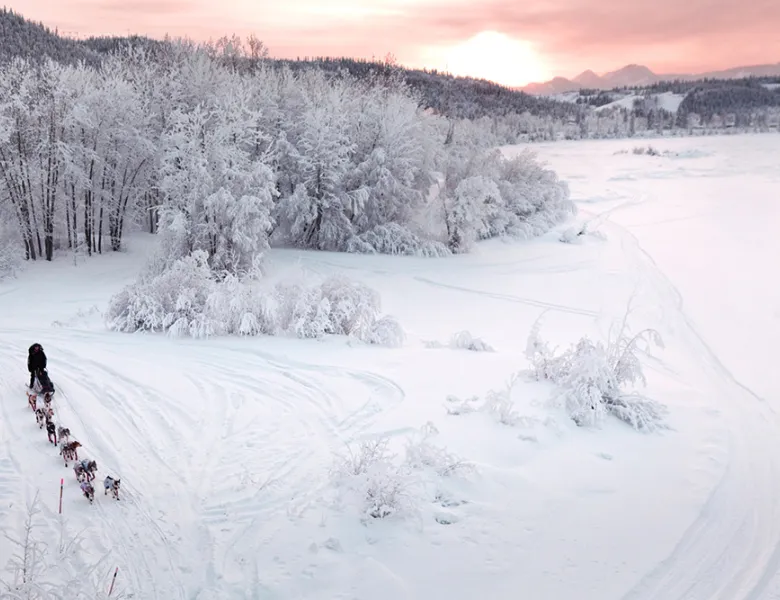In Conversation with Dougie Wallace

This week’s interview is an In Conversation between theprintpace’s Harry Rose and photographer Dougie Wallace. Dougie’s project ‘Road Wallah’ will be shown from May 23 to 27 (Mon-Fri 9-7pm) with a private view on Saturday 21 - 6:30pm at theprintspace studio in Shoreditch. You can also purchase prints from 'Road Wallah'.
How did you first realise the way you shoot now was the style you wanted to stick with and explore?
It sort of began with my Blackpool project. Blackpool is a bit different; there are a lot of set pieces in that project, there aren’t that many scene-setting shots in my most recent projects like Harrodsburg. With Harrodsburg I’m a lot closer to people and buses, using flashing guns and getting as close as I can to people. Now I’m here with the 'Road Wallah' project 50cm away from people, shooting people right through their windscreens using three flashguns.
You say you’re getting closer and closer to the subject, is there any project coming up where you will feel the need to step back from whoever you’re photographing?
Yeah, sometimes with group shots. But I’m continuing what I’ve been doing with Road Wallah and Harrodsburg. I’m working on a project about dogs at the moment, 50cm close to them so you can make out their wet noses.
You shot 'Road Wallah' in Mumbai, has this been a location you’ve wanted to work in for a while?
I’ve been to India 18 times now. I’ve been everywhere in Mumbai, shoot for 2 days, check what I’ve got, go back out and shoot for 5 days. I always shoot between half 5 and 6 in the evening. Because I shoot with a flash in side the cabs, the ambient light is perfect. If I shot this project during the day the flash and the daylight would be too strong. I go where the sun is really low, so the sun acts as a backlight behind the people in the cabs.

What was the vibe you caught to want to keep going back 18 times?
The only place you can photograph these taxis is in Mumbai. So it’s a really site specific location for the type of images I wanted to make. In 2013 the Maharashtra government passed a law to remove these cabs that have been running for over 20 years off the streets, in keeping with trying to keep pollution levels down. These cabs are now a thing of the past.
You started with Blackpool and street photography. What was is it that makes you want to go out onto the streets?
I’ve always been like that. My bus reflections project was featured in QUAD for Format Festival was something I really got into. I want to go back and do more of the work with the buses, 5 years ago I shot these images. I started photographing it with my flash, the next year I got a bracket, started to work out how to get the best images with my rig with three flashes.
So as time has gone on you’ve built up your equipment and ways of getting the best shot?
Yeah that’s the way it goes. You can get some odd looks when you’ve got all this gear and you’re out taking photos but it never bothers me. In Mumbai I just tell people I’m shooting for Top Gear!
I’m guessing you’re now a lot quicker at getting the shots with the experience and larger equipment at your disposal?
Now I’ve got my own style its easier to get your work noticed by people. What you need is an autograph, a signature style which people can instantly tell its your work. It’s like being a writer, when you pick up a Stephen King novel, after one paragraph you know whom you’re reading. I think people know my style by now, being distinctive is a help but also I work in this way because I enjoy it, the recognition and style is a plus.
There is a great reflection of not only through the cab windows but how much of yourself is reflected within the work, the energy and humor you have is evident. If someone was at an exhibition opening of yours and you were there, they’d be able to link the images to the photographer
I run into people, I look for the action, emotions and expressions. You need to get into that space so you’re in the picture and not taking the picture. You can’t make these sorts of images with a camera phone; you’ve got to really be in it. I’m not scared of breaking the fourth wall either. If they are looking at you in a photograph most photographers will think “Oh that’s not a good image”. People like to be involved and in the picture, you can see what they are thinking, see them talking.

Sometimes photographers rely on the clear separation between photographer and subject; it’s not like that with your images at all…
That’s where you get that raw energy; it’s in the movement. I’m moving and their moving, you get a certain type of image you don’t get from standing still and not involved with the person you are photographing.
Is there any genre of photography you’ve been itching to have a go at, using that classic Dougie Wallace style?
I would like to do something like the Ukrainian revolution, do something a little more heavy. I found myself taking photographs of people’s dogs rather than cars when I was out in Milan. They say as much about the owners as a flash car does. The projects going to be called well heeled! The dogs are just the same, Louis Vuitton leads, designer dog outfits.
Do you find taking pictures has gotten easier?
Yeah, it’s got to. Blackpool was a little bit like a first album, it’s all new and raw, now I’m becoming a little more polished with a clearer sound. People have spoken to me saying Harrodsburg has been my best work, others say Blackpool, perhaps a kick up the bum to push myself harder.
Do you think there will come a time when you will need to change your style and approach?
No, I think you need to change the subject matter. Keep yourself fresh. The dog portraits are doing that already. I’m calling it the dog project well heeled! I’ve also just back from Tbilisi shooting more bus portraits, so the work I short for Format Festival is in the same style.
Do project names come to you easily?
Quite easy, it’s not hard to look at your work and give it a good title.
I think with your work, its sort of important to have a fairly humorous title to your work, a tongue and cheek to it all
Yeah I think you’re right. Harrodsburg is a good one; it’s almost like the kingdom of wealth. My friend Matt Stuart said the title Harrodsberg, I changed to Harrodsburg.
How do you view past projects now?
It’s hard to tell. Harrodsburg is important. People have told me it’s a project that is important now and is on the pulse of what is going on in society as we speak. I think time is the judge of photography projects; some will stand out more than others. Harrodsburg has that element about it.
With your editing process how do you go about it?
I work with Dewi Lewis on my books. He’s been publishing books for 30 years and is a master in his craft, so he does the editing, I’m getting better at editing though! He laughs whilst showing me a slideshow of photographs. My friend Gemma helps with the text that I’ve put together and editing also, she’s a good friend who’s a bit of a words smith.
If you could pick any of your past projects do to a follow up project, what would you pick?
Maybe Blackpool. It’s all about timing. If things have changed then its time to go back and take photo’s again to show that. I’m not in any hurry.
---
A private view will be held on Saturday June 21st at 6:30pm at theprintspace studio in Shoreditch. All welcome, drinks included. The exhibition continues from May 23 to 27 (Mon-Fri 9-7pm). You can also purchase prints from 'Road Wallah' by heading over to Dougie’s website.
'Road Wallah' is published by Dewi Lewis and available at www.dewilewis.com/products/road-wallah
Find out more about 'Road Wallah' and Dougie's exhibition at theprintspace.







